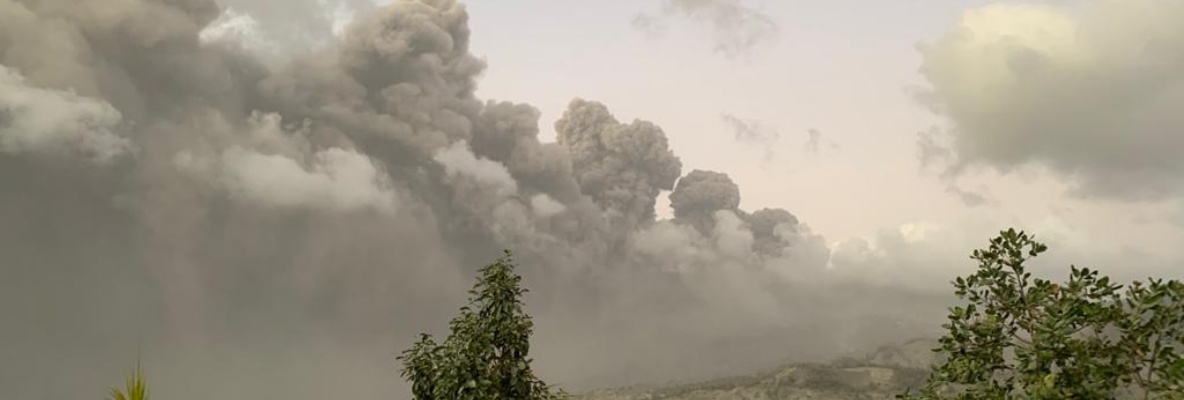

While activity seems to have slowed somewhat at La Soufrière, lead scientist Professor Richard Robertson says it is too early to state definitively whether the explosive phase has ended.
Robertson, speaking at the Seismic Research Centre’s (SRC) virtual media briefing for Caribbean journalists on Wednesday (April 21), said the team is using the perceived lull in activity to monitor developments at the St Vincent volcano.
“Explosive activity started on the 9th [of April] and fortunately there were a number of clear indicators that things were headed in a particular direction. What has happened since is that we have moved from a period in the first two or three days of very intense venting, tremoring and explosions at the volcano…to something more discrete as the days went on,” he explained.

“We began to see some gaps in between the explosions. The gaps between the explosions lengthened and we began to see evidence of magma moving, VTs (volcanic-tremors) and now, the gap between explosions is now up to a few days,” Robertson continued.
According to the SRC, some 30 eruptions have been recorded since La Soufrière first exploded on April 9.
The University of the West Indies (UWI)-based earthquake and volcano unit added that nine explosions have been categorised as major eruptions, the last of which was recorded on April 18.

Professor Robertson, who is currently based at the Belmont Observatory in St Vincent’s red zone, further explained that the eruptions at La Soufrière have taken on a Vulcanian nature.
He said the activity has been smaller in terms of scale but not lacking in destructive power as the Vulcanian eruptions are triggering pyroclastic flows down the southeastern and southwestern slopes of the mountain.
Roberston added that nearly all valleys just south of La Soufrière and along the volcano’s northwestern side have been impacted by pyroclastic flows, which are racing to the coastline.
“We would expect for this kind of activity to continue, that is, you may have discrete explosions from the volcano; they may be of similar kinds as we’ve had in the past but they may be smaller and we may have periods where [La Soufrière] is quiet,” he said.

“Our interpretation of all this is that the volcano is trying to get rid of all the gas that came up in the pulse that got [the eruption] all going and as is gets rid of the gas, there is a possibility it forms a [new lava] dome and eventually, the dome may help in stopping continued explosions we’ve had,” the SRC lead scientist in St Vincent added.
For a specific timeline, Robertson said it could be ‘weeks or months’ before La Soufrière blows off, but as the SRC monitoring system continues to collect data, the team will be able to answer more conclusively.
“It’s possible that might be the end of it, that the volcano goes back to sleep for a number of years, but it is also possible that another batch of gaseous magma comes along and starts the process again—where we have a very intense period, more discrete events and possibly, the formation of a dome,” Robertson indicated.

“We expect in the next few weeks, next few months that we could possibly have continued explosions [or] the restart growth of a dome as well as waning of activity [and] it goes back to sleep. We have monitoring systems in place to detect a new invigoration of material. We are well-placed to continue the work that we have been doing and ensure that people stay safely away from the volcano,” he contended.
In the meantime, ashfall continues to be the largest threat to St Vincent, with the alert level still at red and access to the disaster area strictly restricted by the St Vincent police.
Robertson said compared to the 1979 eruption the 2021 phase is more prolonged and intense.
“It has some elements that are similar to 1979 but certainly, overall, if I were to measure I would say the intensity has been a bit higher [and a bit] different. It is quantifiably a bigger event than ’79 in terms of explosivity,” he said.

A gaping 800-metre hole has been blown in the crater at La Soufrière’s summit, however, Robertson stressed that structurally, the volcano has not changed much since erupting.
Some 40,000 Vincentians have been displaced due to the ongoing eruptions, however, the SRC said that to date there are no reports of deaths attributable to the volcano.
According to the National Emergency Management Organisation (NEMO), St Vincent has 85 public shelters in operation. A total of 13,154 registered persons are spread across private homes, public shelters and off-island hotel accommodation.

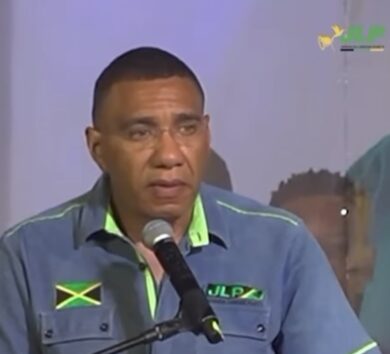
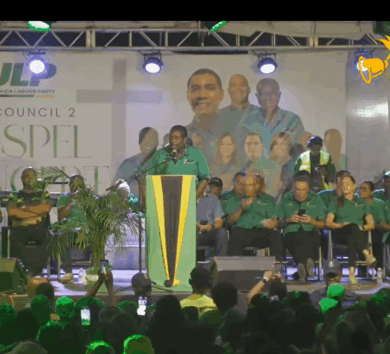

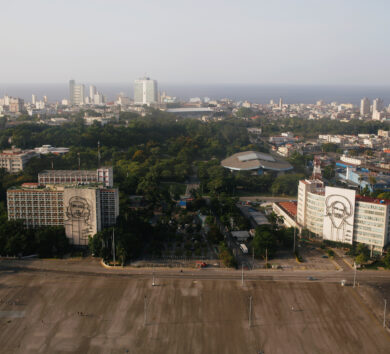
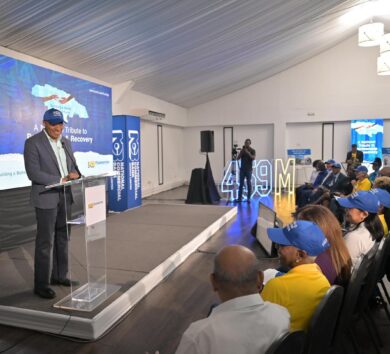
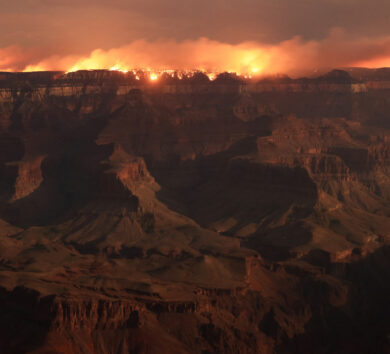
Comments